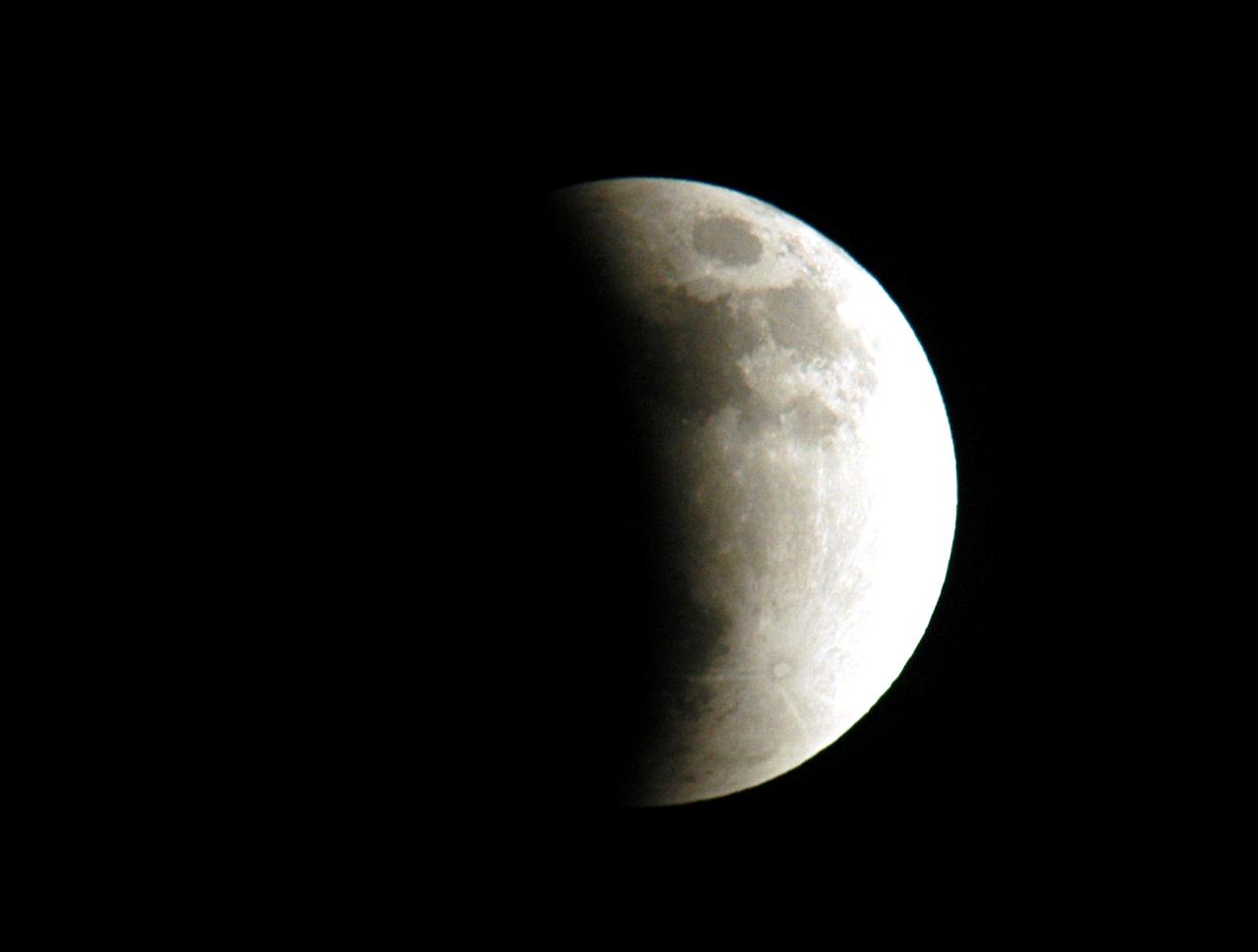Here's how to watch the Flower Moon lunar eclipse today and tomorrow
We'll help you get set up outdoors or online, depending on your location or your preference.
The moon is going to pass into the Earth's shadow today (May 16), turning fully red in some locations as the sun's light is refracted around the moon like a prism and shines its moon's surface. So you won't want to miss the first of only two lunar eclipses in 2022.
In areas with total visibility in the Americas, Antarctica, Europe, Africa and the east Pacific, the big event officially starts with a partial eclipse Sunday (May 15) at 10:28 p.m. EDT (0228 GMT on Monday, May 16), according to TimeandDate.com. You'll see the Blood Moon peak around 12:11 a.m. EDT (0411 GMT), with the eclipse ending at 1:55 a.m. EDT (0555 GMT).
A penumbral eclipse, which happens when the moon passes into the edge of the Earth's shadow, will begin and end roughly an hour after the partial eclipse. You can catch this event in New Zealand, Eastern Europe and the Middle East. In these regions, the moon won't go fully dark or turn red, but you should see the shadow on its surface in the right conditions.
If you're lucky enough to live under the eclipse, here are some tips to get the most out of the event. Try to go outside at least 20 minutes before you want to gaze at the view, to get adjusted to the darker conditions. Getting away from bright lights will help, if that's possible.
If you want to bring binoculars, a telescope or a camera, try to get them set up a few hours ahead so that the equipment will not be filled with dew. It's good to practice using the equipment ahead of the eclipse so that you're ready for the big moment.
After that, enjoying the event is as simple as dressing for the conditions and looking at the moon for as long as you want. Unlike a solar eclipse, you don't need to worry about eye safety equipment, and the event will also last a lot longer.

If the eclipse isn't visible in your region, if weather conditions are bad or you otherwise cannot get outside, an alternative for those with strong Internet connections is to view the lunar eclipse via a live broadcast. We know of at least three places where you can watch the unfolding event.
Sign up for the Live Science daily newsletter now
Get the world’s most fascinating discoveries delivered straight to your inbox.
NASA Science Live has a YouTube broadcast starting at 9:32 p.m. May 15 (0132 GMT May 16). The broadcast will explain how eclipses work, NASA's moon research and its Artemis moon-landing program for astronauts.
Two other YouTube webcasts are set to begin half an hour apart: Slooh will begin at 9:30 p.m. EDT (May 16 0130 GMT), and TimeandDate.com will start at 10 p.m. EDT May 15 (0200 GMT May 16). Note that Slooh will only show the totality phase, before moving to a members-only Discord channel, while TimeandDate.com plans to show the whole event if conditions permit.
The second (and final) lunar eclipse this year will take place Nov. 8, 2022. It will be visible at least partially from Asia, Australia, North America, parts of northern and eastern Europe, the Arctic and most of South America. Our sister website, Space.com, also has eclipses further in the future.
Editor's Note: If you snap an amazing lunar eclipse photo and would like to share it with Live Science readers, send your photo(s), comments, and your name and location to community@livescience.com.
Follow Elizabeth Howell on Twitter @howellspace.

Elizabeth Howell was staff reporter at Space.com between 2022 and 2024 and a regular contributor to Live Science and Space.com between 2012 and 2022. Elizabeth's reporting includes multiple exclusives with the White House, speaking several times with the International Space Station, witnessing five human spaceflight launches on two continents, flying parabolic, working inside a spacesuit, and participating in a simulated Mars mission. Her latest book, "Why Am I Taller?" (ECW Press, 2022) is co-written with astronaut Dave Williams.










